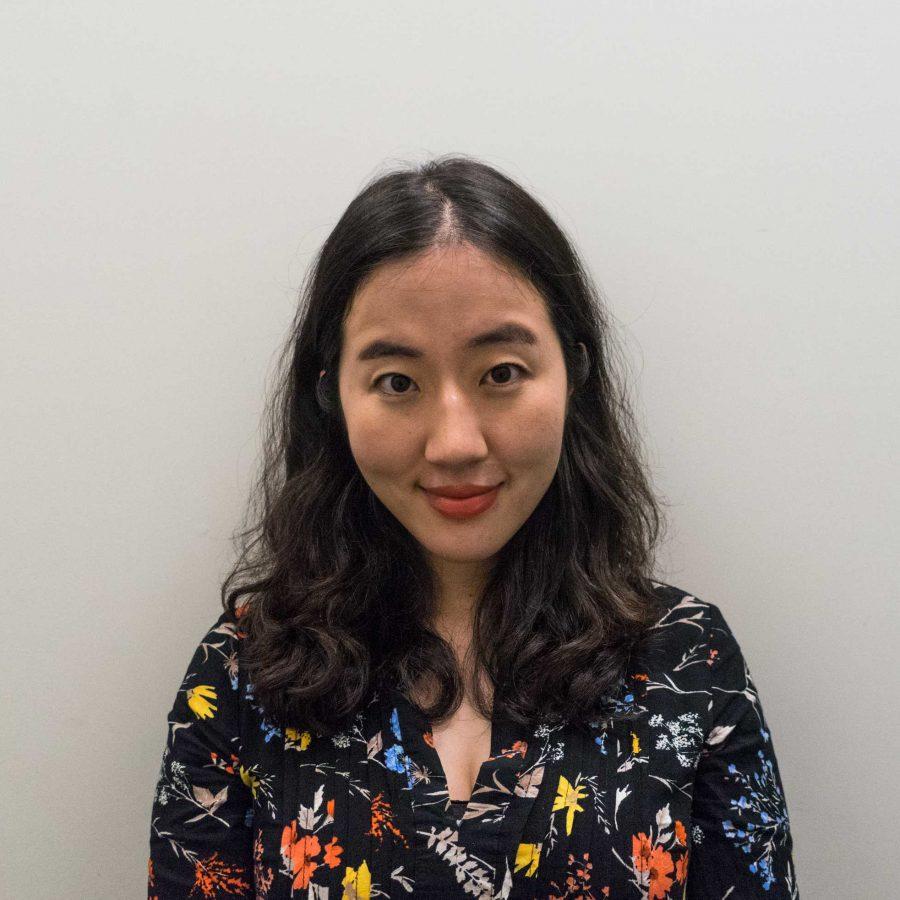Art in Color is a column that strives to answer the question of how artists of color — who set themselves apart from other artists with their ethnicity and the exotic quality their works possess — meet the challenges posed by the beloved visionary of creation.
As an Asian musical theater performer and writer, I have always have felt the pressure to constantly be accepted by the mostly white, upper class demographic of theatergoers. I have sometimes felt fear that my experiences are too different or abstract from those of my audience.
I know I’m not the only one who feels this way — there is the constant fear that our stories will not be understood or appreciated by those who need to hear them. And when I recently spoke to Cheeyang Ng — a student who, like me, is also in the Tisch musical theater writing program — I began to feel a bit of relief.
Born and raised in Singapore, Ng is a musical theater composer, earning his undergraduate degree from the Berklee College of Music before he joined the Tisch program. Hearing his experiences as a storyteller, I found the value in creating stories the audience will respond to, and that there is importance in tapping into our own personal reservoirs of experiences and inspiration. As artists and storytellers of color, we should not allow ourselves to be discouraged by our fear that we will be misunderstood or judged. All of our stories are relevant — all of our stories matter.
Ng, like me, cherishes his heritage for shaping who he is. Drawing from his own cultural background, he co-created “Eastbound,” a musical based on the fate of two Chinese brothers born in the time of the one-child policy, leading to the adoption of one of the brothers by an American family. Depicting the intertwining of two somewhat divergent cultures, the musical combines the rich textures of the Mandarin dialect and heavily Asian influenced music with American-English dialogue and more conventional American musical theater scores.
“The more I dug into the writing, I found I have perspectives underrepresented in the world right now,” Ng said, “and people responded to what I had to say.”
Receiving recognition and critical acclaim for “Eastbound,” Ng and his collaborator won the NAMT Writer’s Grant and the NYTB IMPACT award. Listening to Ng, I was encouraged to find that audiences had related emotionally to a story about two men of Asian ethnicity struggling to find their identity. The landscape that the musical depicted was one very different from the experiences of the general American audience; yet something in the musical resonated with its viewers and moved them. For Ng, the key was being truthful and unabashed about the story he wanted to tell.
“You’ve got to write your own sh-t,” Ng said. “You have to be yourself. If you’re trying to be someone else you are not, your words will never come through.”
Because of how self-conscious I have felt about how the audience might view me as an outsider and as an Asian artist, I had forgotten my core ambition as a musical theater artist, which was simply to tell an intriguing story worth listening to, regardless of race, culture or creed. The story would doubtlessly be connected to the experiences which formed me as an artist — namely my Asian background — but the audience will pay heed to it only if I am willing to face my task as a storyteller with integrity and honesty.
Of course, Ng did not deny that there were certain setbacks which came from being a non-white artist in the musical theater industry. These inconveniences, which he described as “systematic,” are flaws of an institution that has greatly lacked representation in the past. But his mission to “challenge people’s perspectives” never served to deter or discourage him as a creative artist. In fact, it gave him, and should give all artists of color, a sense of purpose.
The job of a storyteller is to make other people see their own truths reflected within a fictional narrative. And regardless of our unique situations and dispositions, we, as artists can be capable of telling our stories as long as we are truthful to ourselves. And, though I will continue to protest unequally distributed privileges, remembering who I am and where I come from will always be my priority as an artist, and as an artist of color.
A version of this article appeared in the Monday, Dec. 3 print edition.
Opinions expressed on the editorial pages are not necessarily those of WSN, and our publication of opinions is not an endorsement of them.
Email Ash Ryoo at [email protected].























































































































































